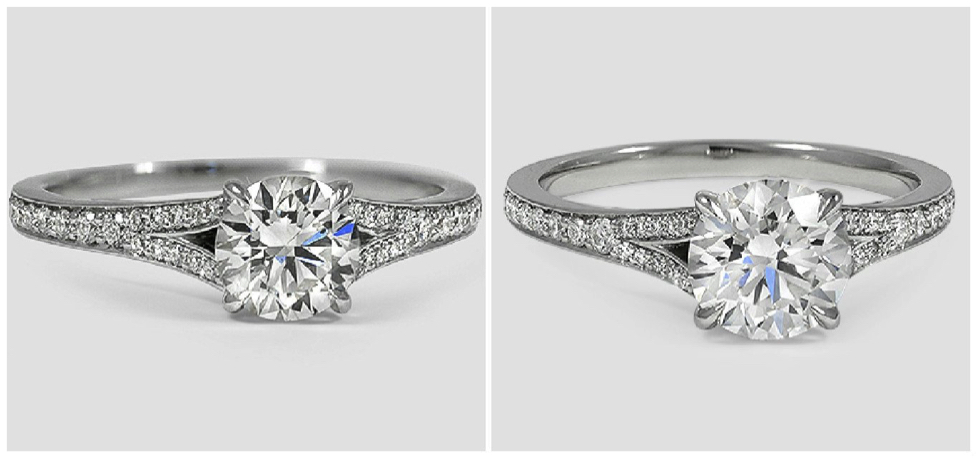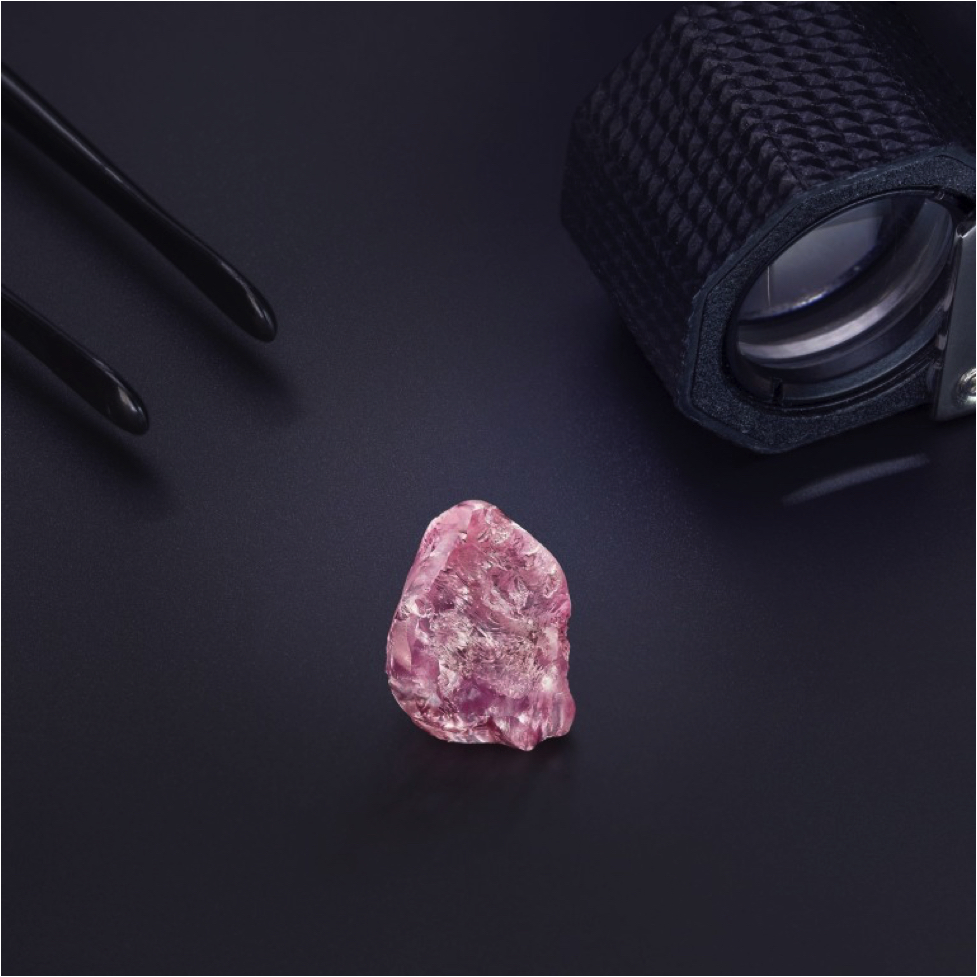Man-Made vs Natural Diamonds: Pros & Cons
2019-07-15

The brightest bling for your engagement ring
Diamonds are a girl’s best friend, so it is wise to do thorough research to come to a wise decision. To help you move forward in your decision-making process, here is a list of the pros and cons of both man-made and natural diamonds.
The Price is Right
For starters, you should decide whether to splurge or save on this once-in-a-lifetime engagement ring. Couples on a tighter budget may prefer the synthetic diamond, which can be up to 30% less expensive than the natural diamond. That said, man-made diamonds in the D to F range on the Gemological Institute of America (GIA) Grade Colour Scale can be as expensive as natural diamonds. This is because such colourless diamonds are hard to come by, even in the laboratory.
While you may have no reason to sell your ring, it would be good to know about the resale value of diamonds. As with most things, both natural and synthetic diamonds depreciate after you buy it. Naturally, this means synthetic diamonds will yield a lower return than its natural counterparts.
Spot the Difference
Aside from its lower price, the man-made diamond gained its popularity from being largely identical to the natural diamond. The diamond-growing process replicates the conditions for diamond formation in the laboratory to form two types of lab-grown diamonds: high-pressure, high-temperature (HPHT), or chemical vapour deposition (CVD).

Can you tell which is which? The lab-grown diamond is on the right!
Source: Brilliant Earth
Whilst of different origins, both lab-grown and natural diamonds have the same physical, chemical, and optical properties. Additionally, natural diamonds exhibit fire, scintillation, and brilliance, as do synthetic diamonds. Diamonds are also known for their incredible durability, and the synthetic diamond is no less.
However, inclusions – small imperfections inside the diamond – do differ. The synthetic diamond grown in the lab is bound to have metallic inclusions, whereas the natural diamond is likely to develop inclusions such as crystals, clouds, and pinpoints in its rise to Earth’s surface via volcanic eruptions. Oftentimes, the difference remains undetected with the naked eye or a jeweller’s loupe, though special equipment can be used to tell the diamonds apart.
Origin in Time and Space

Source: South China Morning Post
In the lab, it takes a few weeks at most for a diamond to be cultivated. The formation of natural diamonds, on the other hand, takes place 150 to 200km below Earth’s surface, which makes the gemstone between 1 to 3 billion years old.
Fans of coloured diamonds will be pleased to know man-made diamonds in yellow, pink, and blue, amongst others, are lower-priced than those naturally occurring. Rarity equals value, and this accounts for the heftier price tag pegged to the mined diamond.
Conflict-Free, Guilt-Free
Diamond mining can occur against the backdrop of violence in dangerous, war-ridden countries. Such human rights abuses include rape and the use of child soldiers and child labour. While you can research and source for jewellers that offer conflict-free natural diamonds – which, in turn, creates job opportunities for those living in poor areas – a more straightforward choice is to go for lab-grown diamonds, which should come with a gem certification.
The decision on whether to get a man-made or natural diamond ultimately lies with you. While doing your research can give you a pros and cons list, it is recommended to take a look at the diamond’s reflection and refraction of light in person before making the big purchase.










